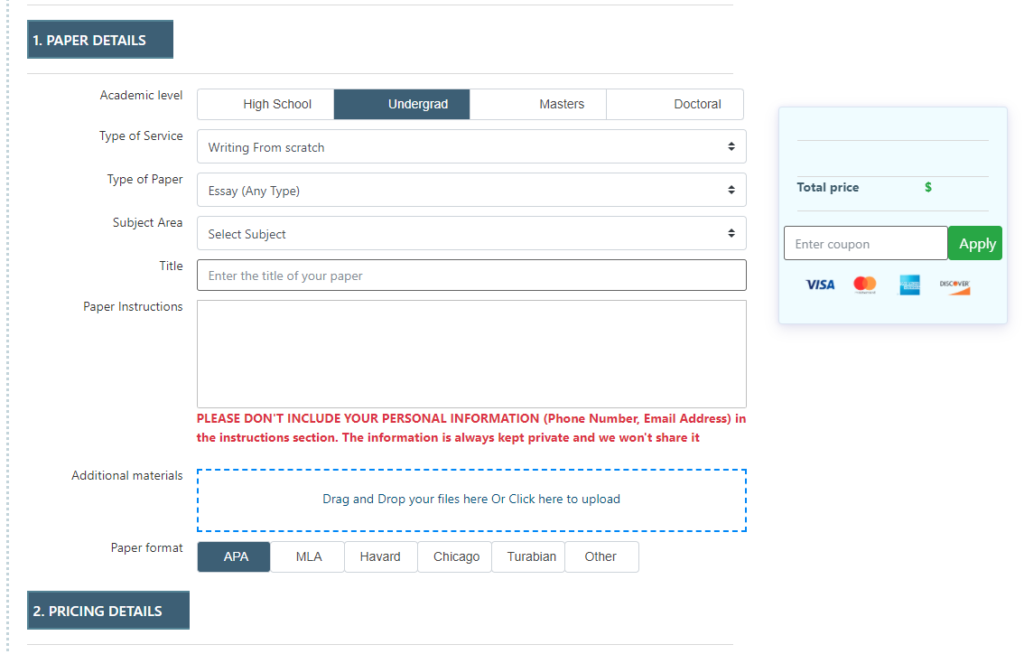A Titan IV rocket has put your spacecraft in circular orbit around Earth at an altitude of 290 km. What is your orbital velocity? Give your answer in m/s.
NOTE: Please answer this question in a standard notation, 2 digits after the decimal point without rounding or including any units.
Your trip to Mars is accomplished by using an elliptic transfer orbit going from Earth to Mars as shown in Fig. 1. This trajectory assumes that Earth at departure, the Sun, and Mars at arrival, are aligned. Also, we will assume that Earth’s and Mars’ orbits are circular, with radiuses R = 147492000 km and 228865000 km, respectively.
What is, in meters, the semi-major axis, a, of this transfer orbit? Hint: determine its radiuses at aphelion and perihelion.
NOTE: Please answer this question in an integer format without rounding or including any units. PLEASE SAVE THIS ANSWER.
Recall that your trip to Mars is accomplished by using an elliptic transfer orbit going from Earth to Mars as shown in Fig. 1. This trajectory assumes that Earth at departure, the Sun, and Mars at arrival, are aligned. Also, we will assume that Earth’s and Mars’ orbits are circular, with radiuses R = 147492000 km and 228865000 km, respectively.
What is the eccentricity, e, of the orbit?
NOTE: Please answer this question in a standard notation, 4 digits after the decimal point without rounding or including any units.
Around midcourse, a velocity adjustment is performed to eliminate the small errors introduced when departing from Earth orbit. This adjustment is performed using one of the onboard thrusters. At the location where the adjustment is made, the velocity is V = 26,237 m/s and should be V = 27,098 m/s. Knowing that the thruster used for the maneuver generates a thrust F = 7,730 N, determine how long, in minutes, it should be turned on to adjust the velocity. The mass of the spacecraft is 2,500 kg
NOTE: Please answer this question in a standard notation, 2 digits after the decimal point without rounding or including any units.
Recall that your trip to Mars is accomplished by using an elliptic transfer orbit going from Earth to Mars as shown in Fig. 1. This trajectory assumes that Earth at departure, the Sun, and Mars at arrival, are aligned. You calculated that the semi-major axis for this transfer orbit in Q.2. Please refer that value.
How long, in days, would the interplanetary trip last? Hint: first, determine the period of the transfer orbit.
NOTE: Please answer this question in a standard notation, 2 digits after the decimal point without rounding or including any units.
Recall that your trip to Mars is accomplished by using an elliptic transfer orbit going from Earth to Mars as shown in Fig. 1. This trajectory assumes that Earth at departure, the Sun, and Mars at arrival, are aligned. You calculated the semi-major axis and the eccentricity for this transfer orbit in Q.2 and Q.3 respectively (a, e values).
What is the spacecraft interplanetary velocity (in km/s) with respect to the Sun when arriving near Mars.
NOTE: Please answer this question in a standard notation, 2 digits after the decimal point without rounding or including any units.
Like for the Mars Pathfinder mission, the entry and landing on Mars use a combination of aerodynamic drag (during entry, the spacecraft is protected by a heat shield), rockets, parachutes, and inflated airbags. The last phase of the entry & landing sequence is controlled by the on-board computer system. When the altitude reaches a certain critical value, the spacecraft velocity is V = 40 m/s. At this altitude, the airbags are inflated and a solid rocket engine is turned on to slow down the spacecraft prior to impact on the Martian soil.
Knowing that the thrust generated by the rocket engine is 5,055 N and that the propellant burns for 10 s before impact, what will be the velocity at impact (in m/s). Assume that the spacecraft drag (due to parachute inflated airbags) is constant and is 7500 N, and that the spacecraft mass is 2,090 kg. Also, the Martian gravitational acceleration is equal to 3.7 m/s2.
Hint: to solve this problem, make sure to include all forces acting on the spacecraft (weight, drag and thrust).
NOTE: Please answer this question in a standard notation, 2 digits after the decimal point without rounding or including any units.
The spacecraft is designed to leave the surface of Mars with the first stage of its propulsion system and be put into Martian orbit. Then, the second stage is used to boost the spacecraft from Martian orbit into an interplanetary trajectory and return to Earth.
If the spacecraft is in Martian orbit at an altitude of 431 km, what is the velocity (in km/s) required to escape the gravitational attraction of Mars. Note that the velocity direction and magnitude required to actually return to Earth may be different.
NOTE: Please answer this question in a standard notation, 2 digits after the decimal point without rounding or including any units.
As discussed in the previous question, the second stage of the propulsion system is used to boost the spacecraft from Martian orbit into an interplanetary trajectory and return to Earth.
Knowing that the thrust generated by the second stage is 3,153 N and that the rocket exhaust velocity is V = 459m/s, what is the required burn rate of propellant. Give your answer in kg/s.
NOTE: Please answer this question in a standard notation, 4 digits after the decimal point without rounding or including any units.
As discussed in the previous question, the second stage of the propulsion system is used to boost the spacecraft from Martian orbit into an interplanetary trajectory and return to Earth. The burn rate of propellant was calculated in the previous question Q.9, and the thruster must be turned on for 2 minutes in order to reach the proper velocity.
What is the minimum amount of propellant needed to have a chance of returning to Earth? Give your answer in kg.
NOTE: Please answer this question in a standard notation, 2 digits after the decimal point without rounding or including any units.
Do you need a similar assignment done for you from scratch? We have qualified writers to help you. We assure you an A+ quality paper that is free from plagiarism. Order now for an Amazing Discount! Use Discount Code “Newclient” for a 15% Discount!NB: We do not resell papers. Upon ordering, we do an original paper exclusively for you.







